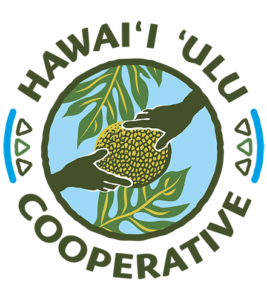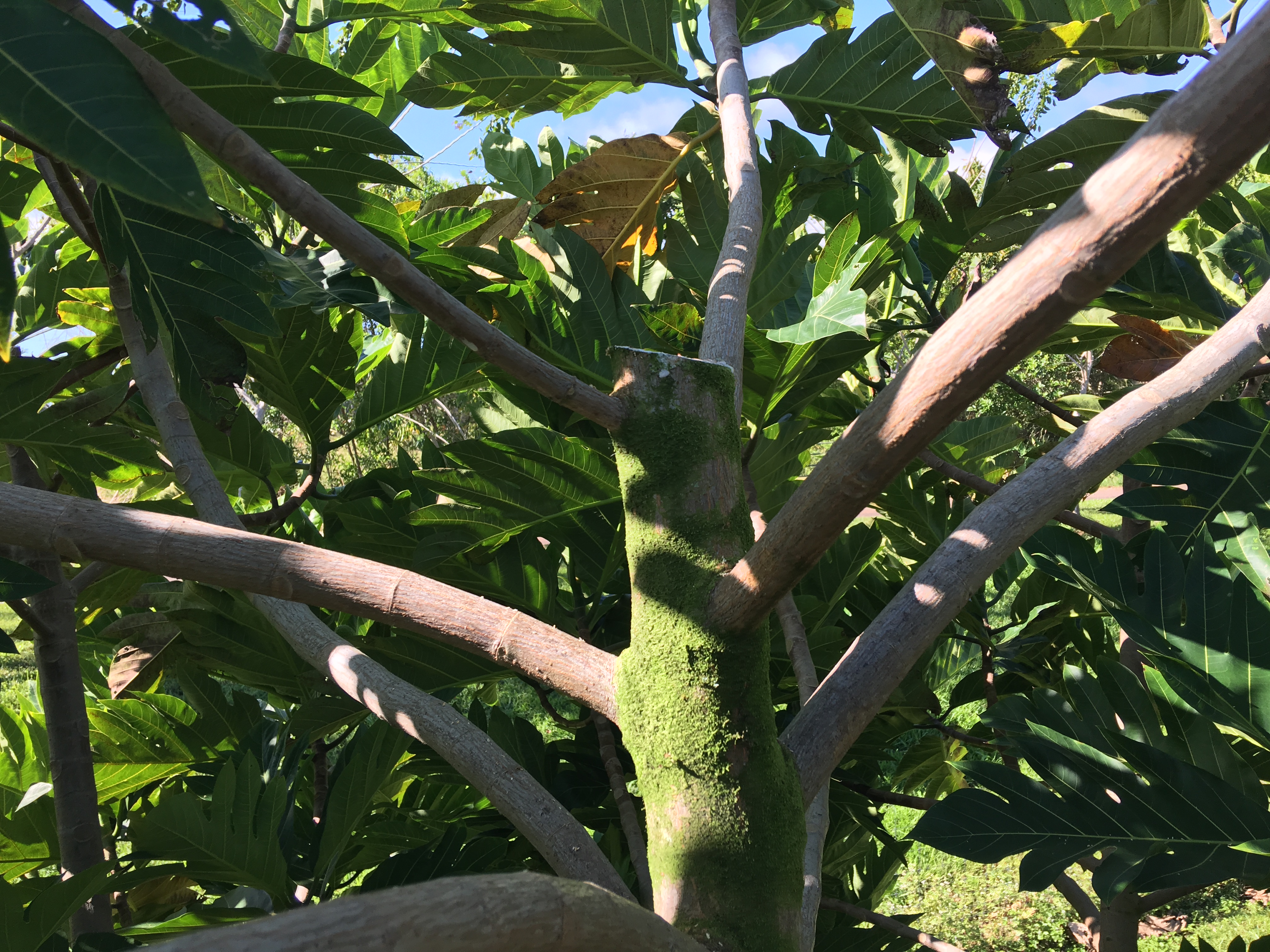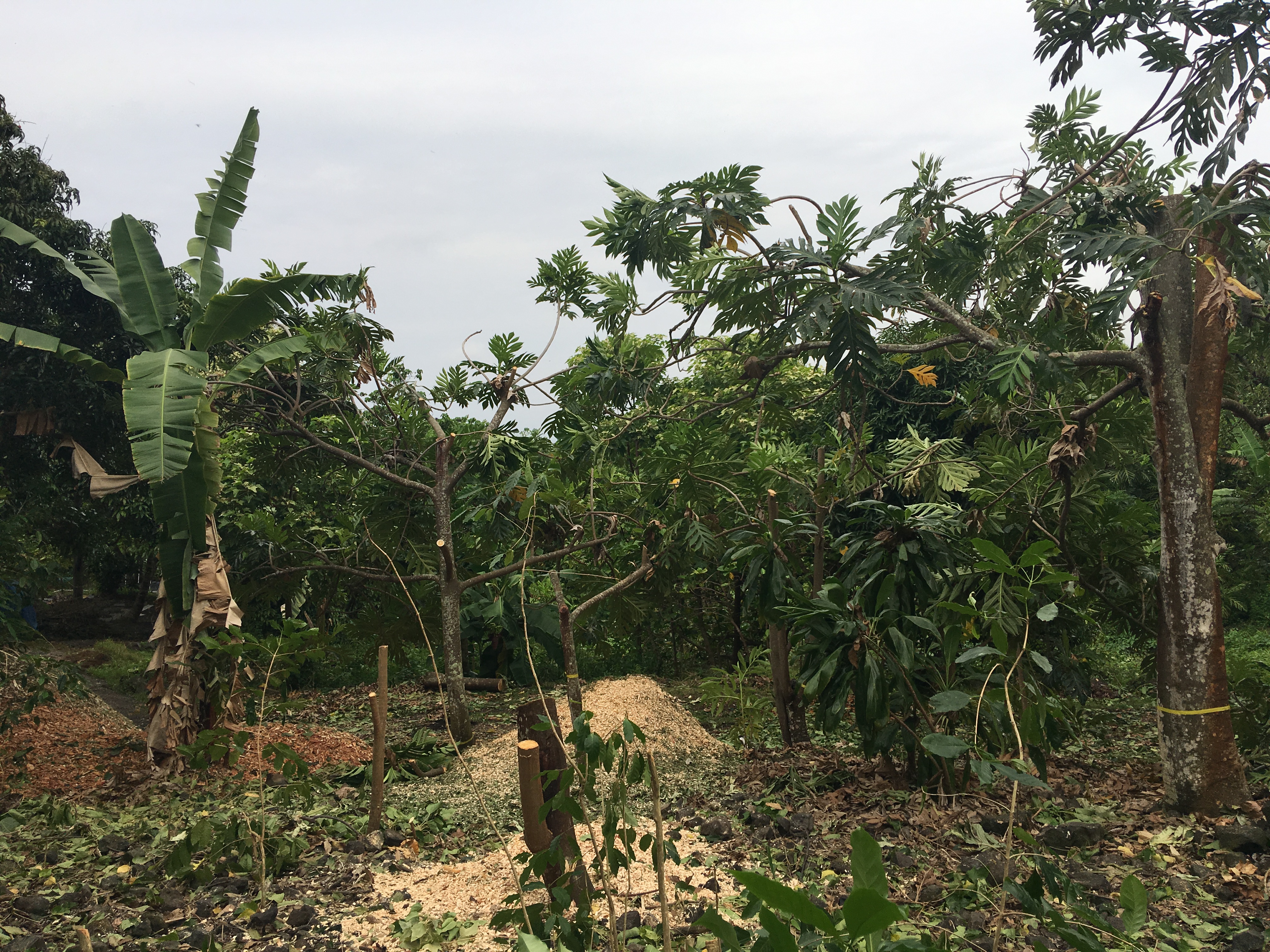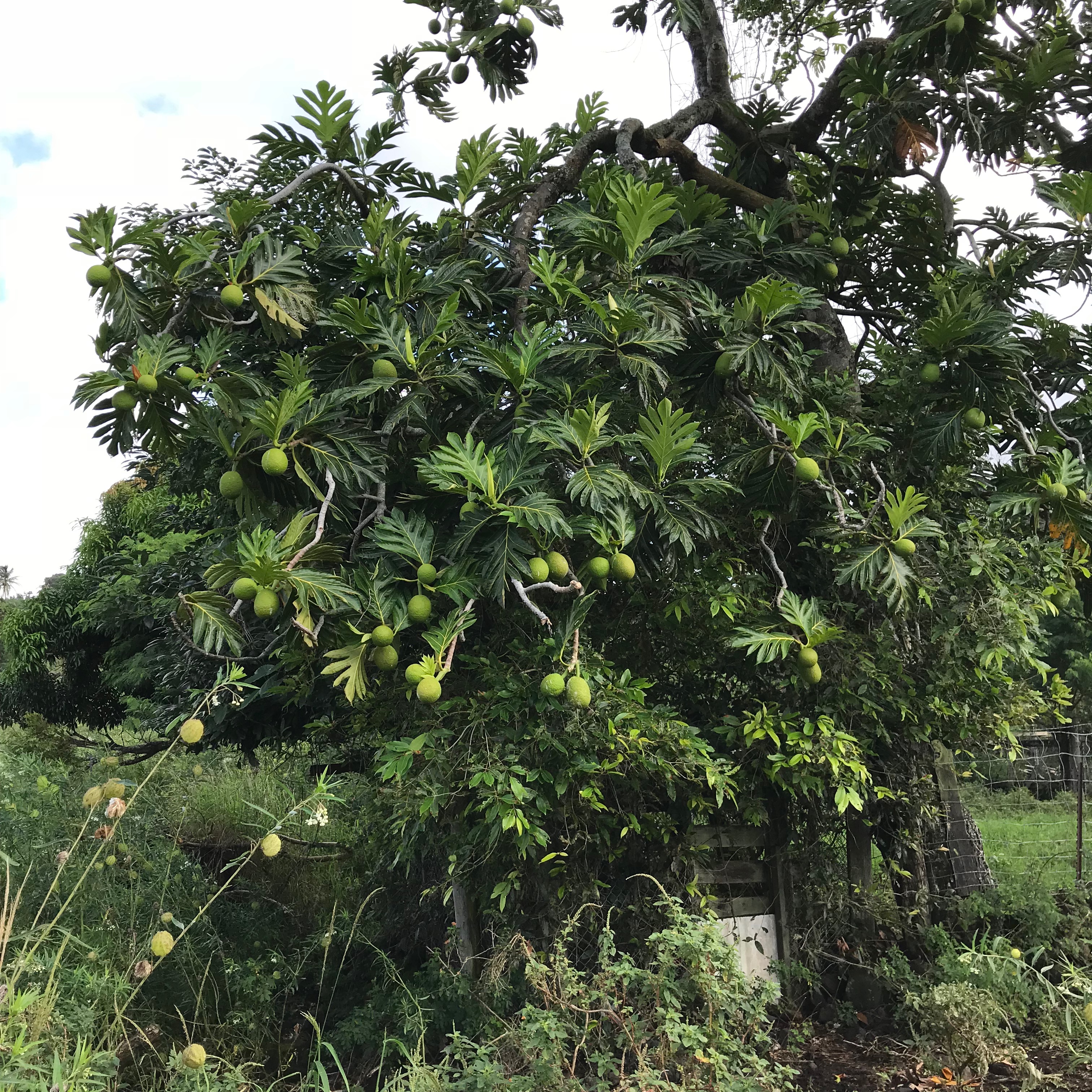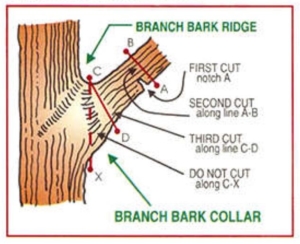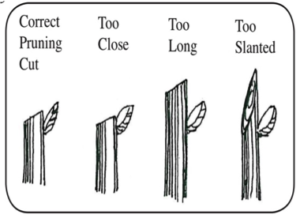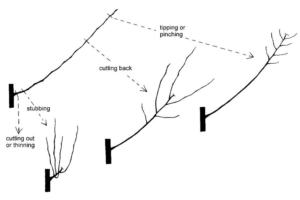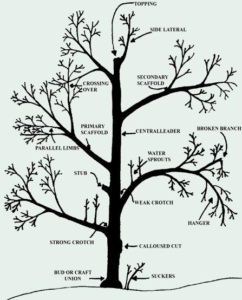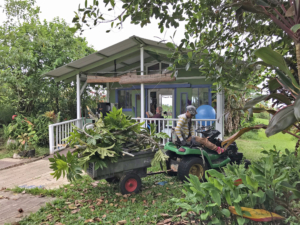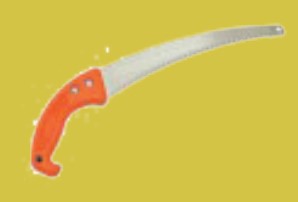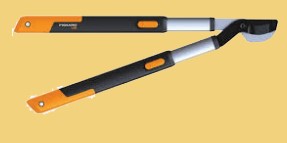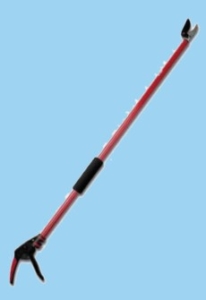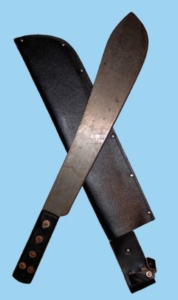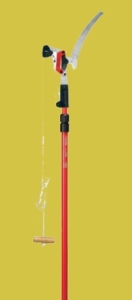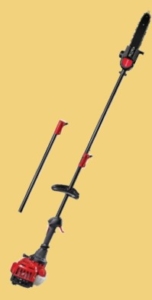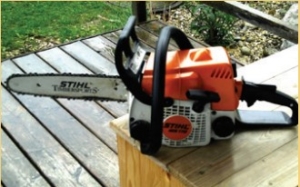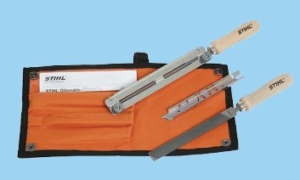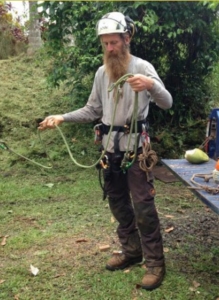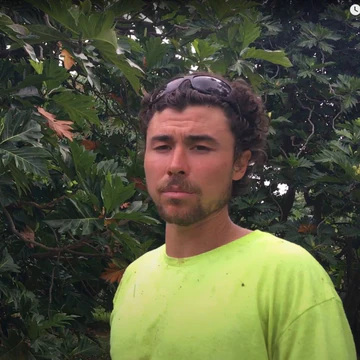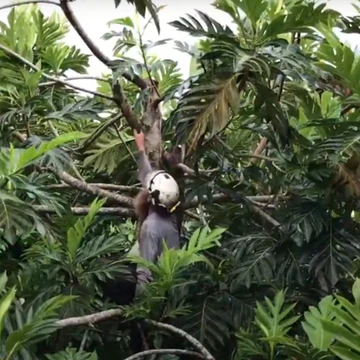Pruning Breadfruit Handbook
Developed in partnership with UH CTAHR
Categories of Pruning
Pruning increases fruit size and stimulates growth near the cut. Excessive pruning reduces fruiting for one or more years. Large cuts result in excessive stimulation of sprouts, while smaller, well-distributed cuts spread growth stimulation. The form and amount of pruning depends on factors such as: tree age, existing tree structure, cropping system, and the owner’s goals and purpose for pruning.
Download the guide (PDF) to learn about pruning techniques for your farm!
Initial Structural Pruning
Newly planted trees (6–15 feet tall) with only a central leader may be pruned back to about 3 feet or (1/3 of original height) to encourage lateral growth. The area cut should be brown and woody (not green or soft), slightly above the uppermost lateral branches desired, and cut at an angle. Pruning timing should be following fruiting and prior to a growing flush; February/March is likely a good time in Hawai‘i. To reduce weight and width of branch to be pruned, remove lower lateral branches above the planned cut site. This helps prevent the branch being removed from getting caught up and damaging other branches during pruning.
Maintenance Pruning
Always remove weak, damaged, or dead branches. Ongoing pruning should be used to control the height and shape of the tree, including removal of low-hanging branches. For optimal production, a pyramid shape (with the bottom wider than the top) should be promoted. Fruit crops are generally maintained at 12–18 feet.
Rejuvenating Pruning
Old trees may need to be drastically pruned to revitalize the trees. This can be a heavy cutback (“hat racking”), with a one- to three-year recovery time, or a moderate cutback of no more than 1/3 of the canopy over a period of several years.
Fruit thinning
Remove young fruit to improve fruit size and reduce fruit abortion of the remaining fruit on trees that tend to overbear.
Know Your Cuts!
The most important aspect of thinning is making a clean cut that keeps the tree healthy. If the cut is made too far away the branch will re-sprout, and if it is made too close it may cause damage and rot in the tree. A healthy cut preserves the branch collar but does not leave any additional branch material past the collar.
When cutting a large branch, tree damage can occur if the branch is not cut correctly. The branch should first be undercut so that bark is not stripped by the falling branch. Branch should then be cut off long, so that the final cut is not made with the full weight of the branch. Finally, a clean cut should be made at the edge of the collar.
If making a cut to promote the growth of a branch or bud, it is important to cut at an appropriate distance and angle.
Know how different cuts will respond! Tipping or heading will produce many small branches at the tip. Cutting back will produce several larger, betterspaced branches. Stubbing will produce several closely spaced, upright branches. Thinning will eliminate the branch altogether.
Pruning Terminology
Central Leader
A central leader tree is one with a primary trunk. The tree can still be topped, but a new central leader is selected and cultivated. To reduce vertical growth, heading back lateral branches will encourage increased branch tips and lateral growth. Pictured is a tree with a central leader that was thinned and headed back. Notice the roughly pyramid shape and the wide crotch angles of the remaining lateral branches.
Multiple Leaders
A multiple leader tree is one with several primary trunks. Trees are usually topped lower and four to six main branches identified and encouraged by thinning competing branches. Leaders will consistently attempt to turn vertical and should be directed outward by utilizing bench cuts to promote lateral growth of the leaders. Bench cuts remove upright shoots and open up the center of the tree to spread the branches outward.
Open Vase Pruning
Open vase pruning is a popular technique for many fruit trees such as mango and avocado. In breadfruit there are few examples, but it may be difficult due to rapid growth rates. Open vase pruning encourages many small branching tips, each supporting fruit development.
Hat Racking
“Hat racking” refers to pruning a tree such that it resembles a hat rack, with many bare branches. This is most often used to reclaim large trees that have not had regular pruning, but can be used as a standard approach. Trees will take two to four years to recover and fruit again, but may not need subsequent pruning for five years or more.
Mulching practices
Pruned branches can be used whole or chopped up for mulching. You usually do not want to mulch the same tree you prune from because of the potential for disease and pest harboring; it is best to use ‘ulu on a different tree and a different tree on ‘ulu.
Pruning Tools and Equipment
Always take care of your tools though proper maintenance such as sharpening between use, oil refills, and cleaning of debris. Clean and sterilize tools between cutting trees, especially in damp, disease-prone areas, to prevent spread of infection and cross-contamination. This can best be done with 70% alcohol. Wipe tools well with alcohol and allow to air dry. Take proper safety precautions for personal protection including wearing Personal Protective Equipment such as gloves, earplugs, helmets, eyeglasses, boots, and belts.
This is the best tool for breadfruit pruning, even on fairly large branches, as breadfruit wood is soft. Handsaws are appropriate for branches with diameters up to 6 inches. Handsaws are good to use with one hand while climbing. Pick a curved saw with sharp, even teeth, and be sure to clean it often so the teeth do not get gummed up.
This tool is appropriate for smaller branches no larger than 2 inches in diameter you can reach by hand from the ground, or branches that fit comfortably inside the blade when fully open. Use loppers on branches within your reach without overextending your arms.
This tool works like loppers on an extendable pole, and is also appropriate for smaller branches.
Use this tool for making mulch. Not ideal for clean, close cuts. Machetes should never be used for pruning.
This tool is appropriate for smaller branches out of reach from the ground or by climbing with a handsaw. Pole saws are ideal for
branches that may be too large for a pole clip; however, cuts may have less accuracy or be of lower quality.
In an orchard setting, use an extension chainsaw. This will allow for quick top pruning and shaping as you move from tree to tree down rows. This tool is great for out-of-reach larger branches (over 6 inches in diameter) that cannot be comfortably cut using a pole clip or pole saw.
Chainsaws are ideal for large branches that cannot be cut using a hand tool. Use a chainsaw when the branches are within reach below eye level.
Sharpen and check the chain on your saw often. Keep your blades sharp for best use and safety.
Use ropes specifically designed for climbing, if climbing is needed during pruning.
Safety
Wear proper Personal Protective Equipment (PPE) when using tools and equipment while pruning and consider the following:
• Have help while pruning
• Do not cut tall branches that are directly above you
• Watch safety videos about working with chainsaws
Use the following as a checklist for proper PPE:
• Ear protection: do you have ear plugs if you are running a motor-powered tool?
• Helmet: proper chainsaw and pruning safety precaution to protect from falling branches and chainsaw kick back.
• Safety glasses: for protection against wood chips, throwing chains, and falling branches.
• Long-sleeved shirt: basic skin protection from tools, equipment, and contact with vegetation.
• Gloves: always wear gloves when using tools and equipment to protect your hands.
• Pants: always wear long pants when pruning or using tools and equipment.
• Boots/closed-toe shoes: Always wear boots or closedtoe shoes.
Safety tips for chainsaws: always wear all of your PPE. Never cut a branch over the top of your head. Never walk without the chainsaw brake on. Do not push the brake of your saw while the blade is still running. Do not leave your blade in the dirt. Keep your blade sharp by cleaning and sharpening after every three hours of use.
Precautions
Especially when pruning in wetter areas, leave about 2–4 inches above the desired cut to allow for die off. Note that this can vary based on the size and orientation of the branch. In the case of a disease or infection at site, leave more room to come back and prune/trim during dry, hot months to make the cut clean.
If mulch will be moved off site, test for Little Fire Ants (LFA). This can be done by placing a dab of peanut butter on a stick and waiting a few minutes. Ants will flock to peanut butter and can be visually identified or sent to the Hawai‘i Ant Lab for testing (littlefireant.com).
Safety Disclaimer: Those engaged in tree climbing must be adequately trained to perform all proper inspections, techniques, and take protective measures. Do NOT climb trees if you are not adequately trained, and hire an experienced arborist who follows proper safety protocols to help you with your ‘ulu trees.
